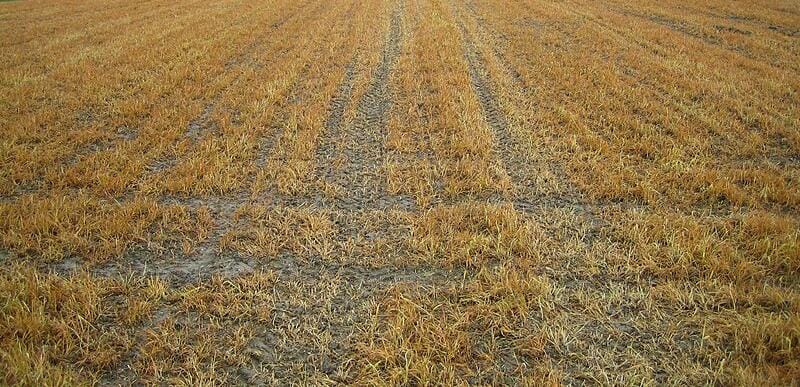When people hear “land clearing,” they usually picture bulldozers ripping through forests or farmers setting the entire fields on fire. For some, it’s the villain of environmental destruction. For others, it’s simply a quick, no-questions-asked step before farming or construction.
The truth is more complex. Land clearing isn’t inherently bad, it’s the methods and management that make all the difference. Misconceptions, especially about herbicides and other clearing practices, often cloud the conversation and lead to harmful choices on the ground.
Let’s break down some of the most common myths and uncover what really works.
Myth 1: Land clearing is always destructive
The word “clearing” tends to paint a mental image of bulldozers flattening everything in sight. But not all land clearing is reckless. Methods such as selective clearing (removing only specific trees or bushes), mulching, and the use of targeted herbicides can prepare land while protecting soil structure, reducing erosion, and preserving valuable vegetation. Sustainable land clearing is not about wiping land bare; it’s about making land usable without stripping it of life.
Myth 2: Burning is the cheapest and best way to clear land
Across many farming communities, bush burning remains the go-to method of clearing. It’s fast, requires minimal equipment, and appears to be cost-effective. But the hidden costs are heavy: nutrient loss in the soil, release of carbon emissions, and destruction of beneficial organisms. While it may feel cheap in the moment, burning often reduces land productivity in the long run. Alternatives, such as controlled use of herbicides, are safer for both the soil and the surrounding environment, which brings us to the next point.
Myth 3: Herbicides ruin the land
Herbicides often have a bad reputation, typically due to stories of misuse, such as spraying excessively, ignoring recommended guidelines, or using unapproved products. The truth is, when used correctly, land-clearing herbicides are a controlled and effective tool. They suppress unwanted vegetation without destroying soil structure, unlike burning or repeated tillage.
At Saro Agrosciences, we are committed to ensuring that our farmers have access to only the best and safest products. Hence, the reason we constantly reassess and improve our active ingredients. Currently, with some of our land-clearing herbicides, specifically, Slasher, Slasher Super, and Slasher Gold, we have replaced the previous active ingredient (Paraquat) with a safer and more environmentally friendly option (Glufosinate), to keep you and your crops safe while still saving labour, improving efficiency, and making land preparation more sustainable.
Myth 4: Manual clearing is always the safer option
Manual methods; using cutlasses, hoes, or slashers, are often said to be the “natural” way to clear land. But they can be labour-intensive, slow, and impractical for large areas. Over-clearing manually can also expose soil to erosion if not done carefully. A balanced approach that combines manual clearing for sensitive areas and herbicides or mechanical methods for broader spaces is often more efficient and sustainable.
Myth 5: Once the land is cleared, the job is done
Clearing is only the first step. Without follow-up measures, newly cleared land can degrade quickly. Effective land management requires soil conservation practices, cover cropping, and careful monitoring to prevent invasive weeds from reestablishing themselves. Sustainable land use means thinking beyond the initial clearing and planning for long-term productivity.
Wrapping up,
Land clearing is not inherently bad, it’s the practices around it that determine whether it’s destructive or sustainable. Herbicides, when properly applied, can play a valuable role in modern land preparation. By moving past myths and embracing responsible practices, farmers, communities, and policymakers can ensure that land clearing supports growth without costing the environment.

Leave a Reply